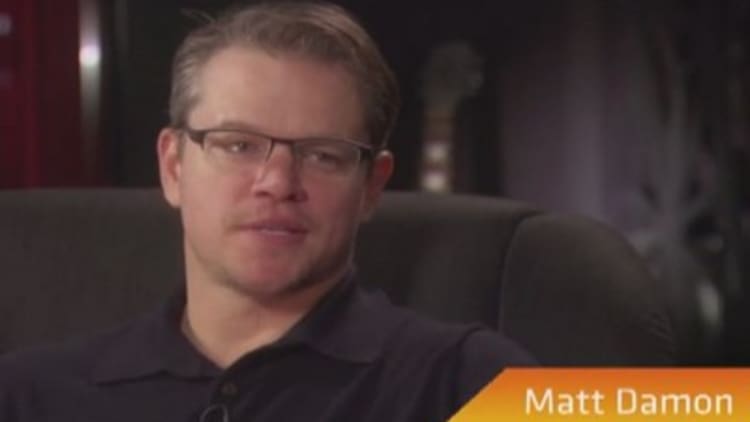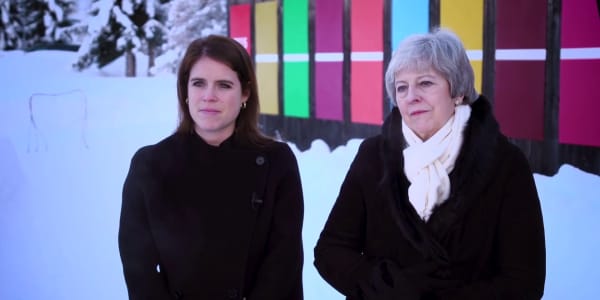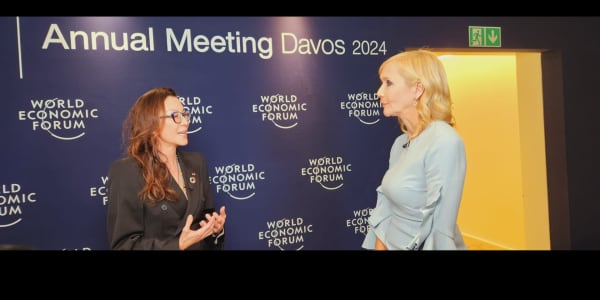
In March, something strange happened on Twitter.
The hash tag "nomakeupselfie" starting trending on the website as well as becoming popular on Facebook. A lot of the pictures - which were close-up pictures of people without any make up on - were accompanied with messages raising awareness about cancer.
This spontaneous trend prompted U.K. charity Cancer Research to join in and direct those posting "selfies" to donate to their charity. They raised over £1 million ($1.7 million) in one day.
While this viral campaign was unusual in that it was not directed by any particular charity but was seemingly organic, it highlights how the social media world presents a different, more exciting medium through which charities and other organizations can raise brand awareness.
Humor
Creating something that becomes viral often relies on a good deal of humor. When Matt Damon was trying to draw people to his charity, Water.org, to raise awareness about the world's water crisis, he knew that traditional means would not work.
"With the issue of water I think…it's hard for us in the U.S. or in the U.K. or Canada to identify with the problem…we don't know anybody growing up who was thirsty," he told Tania Bryer for CNBC Meets.
"It's like a marketing person's nightmare because it's such a complex issue, it's hard to boil it down into kind of a little digestible sound-bite."
After talking with the charity's co-founder, Gary White, Damon thought "I can do like a Sarah Silverman viral video that millions of people see, so, we're starting to toy around with the idea of using comedy to create some viral videos and maybe do kind of a campaign around that."
In the end he created a popular video series that showed Damon and other celebrities announcing that they were set to go on a toilet strike until the water crisis was adequately dealt. It mixed celebrity, humor and seriousness, all in short and pithy YouTube clips.
Ben Thompson is the managing director and co-founder of Hoot Comedy, a comedy production company that helps create content for a range of companies.
He said that brands and ad companies are realizing that the internet allows a lot more room for laughter than traditional T.V. adverts: the audience is predominantly aged between 16 and 40 and who want to watch content that "connects with them."
"It's about tone of voice, it's about shock, it's about humor," Thompson said. "Humor is the sweetener; it makes the bitter pill of content go down that bit easier," especially when it came to more hard-hitting messages from charities.
"With online you have such a broader array of tools at your fingertips. You've got Twitter and comedy writers are built for this. They're built for making short, acerbic comments in limited spaces. "It's all about audience engagement. Most clients see comedy as quite risky, but a lot of them feel a need for it and a need to talk to their audience in a different way and a quite light-hearted way,"
Commenting on Damon's successful video attempt, Thompson added: "One of the key tenets of creating content is either the writing is great, the visuals are impeccable, the joke stands up; or the performance and talent is great and you inherit their audience automatically."
Damon's attempt worked because the script and idea was good and it was backed-up by celebrities who have a large online following.
Engagement
Apu Gupta is the CEO and co-founder of Curalate, a marketing and analytics suite that helps brand promotion on the web and he agreed that while engagement was crucial a fine line had to be trodden when it came to humor.
Gupta said: "Millennials smell poseurs a mile away. Matt Damon can get away with funny videos because of his persona. Some cause marketers, in an effort to make their cause 'go viral' will try to emulate a successful campaign and often find that their efforts fall flat.
"At the end of the day, speaking the language of your audience - photos, memes, hash tags, etc - in a tone that's still yours is an important part of being relevant. "
For Damon, despite the difficulties that come with attempting to create something viral, he told CNBC Meets that today's generation is more open to charitable causes.
"They really have a much better sense (of the world) because they're so much more connected…they have a better sense of the world they live in, and the responsibility and these ideas of social justice," Damon said.
"That really gives me a lot of hope."





